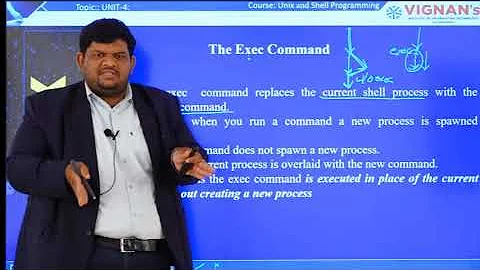What does & do in the middle of "exec &>/dev/null"?
7,731
It's &>, not just &.
In bash, &> redirects both the standard output stream and the standard error stream somewhere.
Hence, utility &>/dev/null is the same as utility >/dev/null 2>&1.
The command exec &>/dev/null redirects both output streams of the current shell to /dev/null (i.e. it discards all output of the script from that point on, error or otherwise).
The relevant part of the bash manual:
Redirecting Standard Output and Standard Error
This construct allows both the standard output (file descriptor 1) and
the standard error output (file descriptor 2) to be redirected to the
file whose name is the expansion of word.
There are two formats for redirecting standard output and standard
error:
&>word
and
>&word
Of the two forms, the first is preferred. This is semantically
equivalent to
>word 2>&1
When using the second form, word may not expand to a number or -. If
it does, other redirection operators apply (see Duplicating File
Descriptors below) for compatibility reasons.
Related videos on Youtube
Author by
William Ross
Updated on September 18, 2022Comments
-
William Ross over 1 year
My command is:
exec &>/dev/nullWhat does this & and full command do here? I know it is being redirected to the bit-bucket.
-
trr almost 7 yearsThe complete non-Bash equivalent of the original example would be
exec 2>&1 > /dev/null -
 Kusalananda almost 7 years@trr No, that would first redirect standard error to wherever standard output went, and then redirect standard output to
Kusalananda almost 7 years@trr No, that would first redirect standard error to wherever standard output went, and then redirect standard output to/dev/null(but not standard error). What it's equivalent to isexec >/dev/null 2>&1. The order of the redirections is important. -
trr almost 7 yearsYou're right, I was confused
-
 Kusalananda almost 7 years@trr No worries.
Kusalananda almost 7 years@trr No worries.








